Fatigue Design of Steel Bridge

Objective
The aim of this project was to investigate the applicability and reliability of critical plane approach based C-S criterion that can be employed to calculate the fatigue life of bridge connections under railway traffic loading. A typical half through railway steel bridge subjected to standard railway traffic load is analysed using Finite Element Modelling in ANSYS 17.2. The averaged principal stress directions determined through appropriate weight functions are used to predict the critical plane orientation. Then, the multiaxial fatigue life is assessed through an equivalent stress expressed by a nonlinear combination of the normal stress and the shear stress components acting on the critical plane. The applicability of C-S criterion is investigated by estimating the fatigue life of critical welded connection and is compared with the fatigue life calculated according to Euro code EN 1993-1-9 and International Institute of Welding (IIW) recommendations. The predicted life obtained from C-S criterion is used to produce theoretical S-N curve.
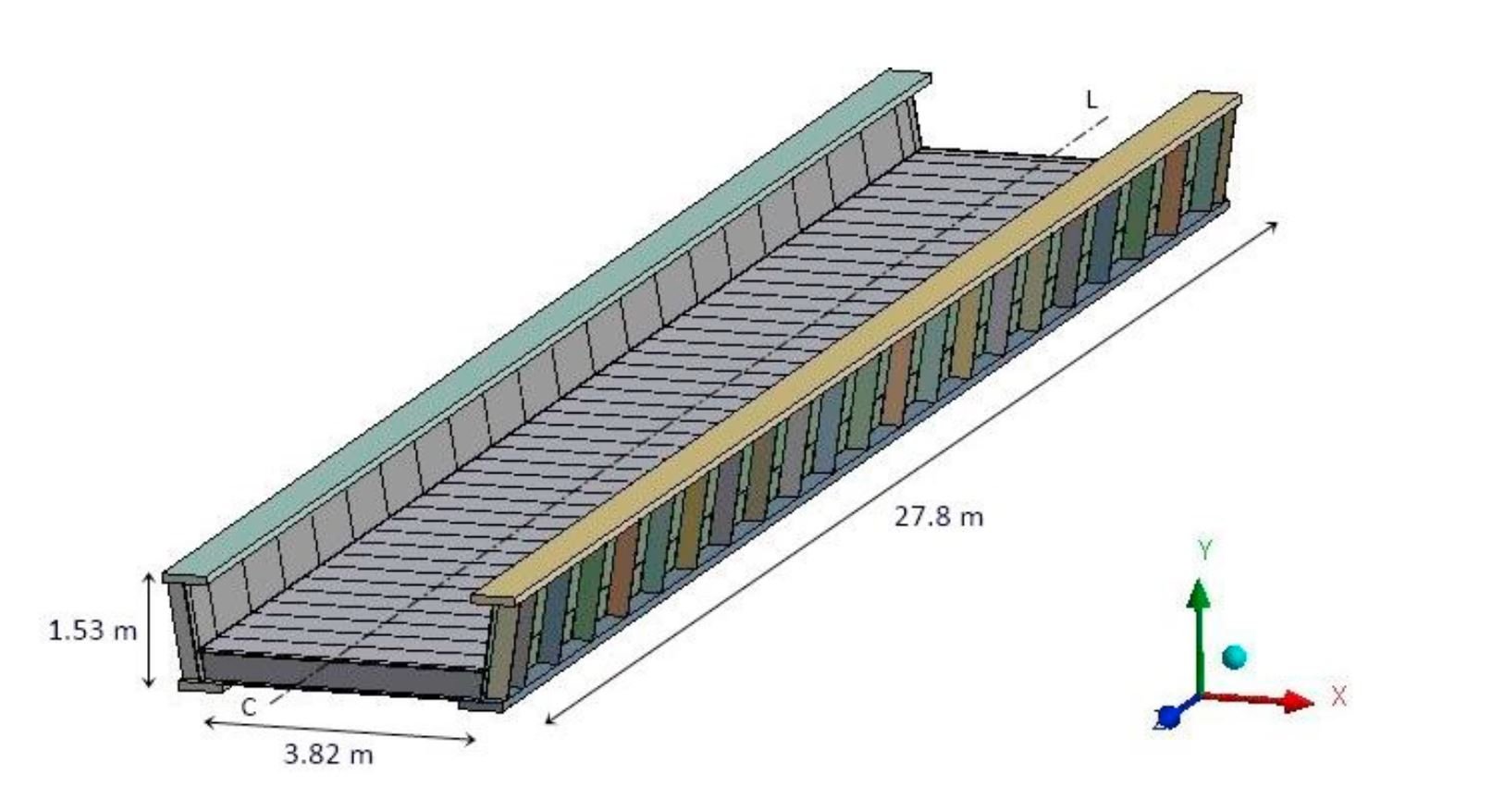
Finite Element Model of Bridge

FE Model of Bridge Deck
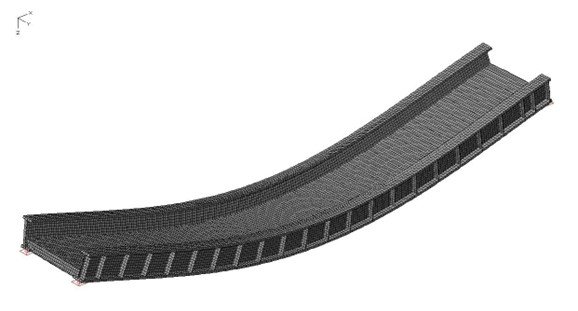
First Frequency
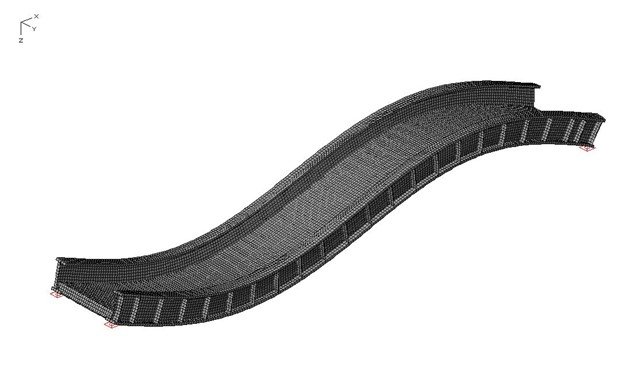
Second Frequency

Third Frequency

Fourth Frequency
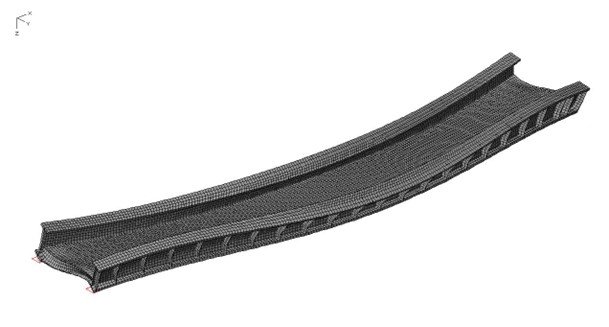
Fifth Frequency
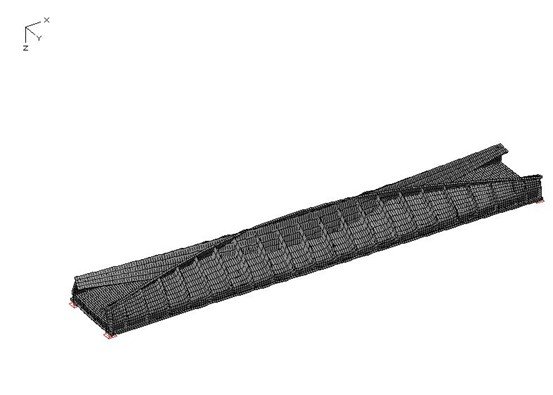
Sixth Frequency
Description
In July 2016, while in the second year of his master’s program in Structural Engineering, Praveen joined DB Engineering and Consulting GmbH as an intern. This internship was part of his thesis research on fatigue design. During this time, he identified a technological gap in structural design: the absence of regular, reliable prognostic fatigue models in the industry. Despite extensive bridge-related fatigue research, there is no consensus on methods that accurately account for multiaxial non-proportional dynamic loading. Practitioners often ignore this complexity and the associated uncertainties, leading to a lack of regular fatigue checks for civil structures.
Praveen's interest in structural integrity assessment methodologies, particularly for bridges, grew from this observation. His thesis focused on stress-based multiaxial high-cycle fatigue assessment of welded connections in railway steel bridges, a novel area of research. He collaborated with the University of Parma to implement the Carpinteri-Spagnoli (C-S) criterion for these assessments. The C-S criterion, developed by Prof. Andrea Carpinteri and Prof. Andrea Spagnoli, offers a simpler approach to determining the critical plane without the need for examining nested loops of orientation angles.
This research was also in collaboration with DB Engineering and Consulting GmbH, Bengaluru, to apply the findings to actual railway bridges, ensuring practical and industrial relevance. The joint venture helped Praveen understand the influence of stress gradients using Taylor’s Point method to address multiaxial notch fatigue.
Acknowledging the catastrophic potential of fatigue failures, Praveen assumed high tensile residual stresses up to yield strength to provide conservative results. However, he realized that this could lead to over-conservatism, emphasizing the importance of accurately accounting for residual stress and fracture toughness. This understanding is crucial for extending the life of structures and reducing costs without compromising safety.
This project highlighted the importance of residual stress measurement in optimizing design, lightweighting, and making informed decisions about repairs. It also prepared Praveen for advanced studies in Structural Integrity and helped him identify his research interests and skills.
